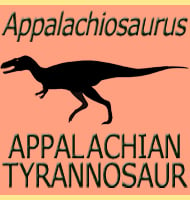Tianyuraptor
In Depth Although not very well known, Tianyuraptor is important to many palaeontologists because it is often regarded as a transitional form that links northern and southern genera of dromaeosaurids. Tianyuraptor is noted for having a smaller than usual furcula and arms that are proportionately much smaller than those of other dromaeosaurid genera. Overall, Tianyuraptor … Read more
